
Our mindset is the biggest obstacle to achieving success against aquatic invasive species
One of the biggest threats to Minnesota’s lakes, rivers and wetlands and the economic and environmental benefits they provide are aquatic invasive species (AIS). The challenges we face to prevent further spread of AIS already in Minnesota — and preventing the introduction of even more destructive species that have not yet been introduced to our waters — are sobering.
Still there is hope. We do not have to accept a future for our children and grandchildren defined by unchecked AIS spread. We do not have to accept destroyed health and biodiversity of aquatic ecosystems, impaired water quality, threatened native species, and impeded access for recreational use. We do not have to bequeath a water legacy of negative economic impacts to businesses, tourism, property values, and in turn, the local tax base. We can be successful in our efforts to prevent the further spread of AIS both into Minnesota and within Minnesota.
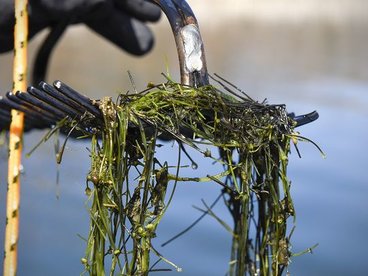
Lake Koronis projects augment starry stonewort research
Tens of thousands of dollars and hours are aimed at stopping the spread of starry stonewort. Minnesota's first infestation was confirmed last August in Lake Koronis.
Tens of thousands of dollars in grant money and hours of research are funneling into Lake Koronis as the Minnesota Department of Natural Resources ramps up boat inspections, the lake association prepares to launch an $828,600 pilot project and University of Minnesota researchers plot lab experiments — all in response to the state’s first confirmed starry stonewort infestation.

MN Aquatic Invasive Species Research Center's new lab enables deeper study
The Minnesota Aquatic Invasive Species Research Center has a new lab at the U of MN, St. Paul campus. Dave chatted with Sue Galatowitsch, director of the center, about why this research is so important to Minnesota waters, and what we as individuals can do to protect them. Listen to the full interview!
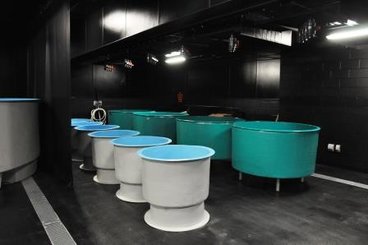
U lab fights spread of invasive species
Minnesota has a new tool to fight invasive lake and river species.
The University of Minnesota’s Aquatic Invasive Species Research Center reopened last week after extensive renovation and is now equipped to study a wider range of damaging invasive species.
Before reopening, the lab’s facilities were in disrepair and didn’t allow for many types of research, said Sue Galatowitsch, the center’s director.
The new construction started last spring, but plans for the update began in 2013.

Aquatic research lab opens at U of M
Tossing fish in the pond is how the staffers at the Minnesota Aquatic Invasive Species Research Center (MAISRC) celebrated a new lab at the University of Minnesota, St. Paul Campus.
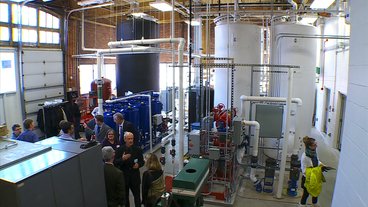
Aquatic Invasive Species Research Lab Unveiled At ‘U’
Invasive species in Minnesota’s lakes are a growing problem.
And now researchers at the University of Minnesota have a better way to help combat that problem.
The U of M unveiled their renovated, state-of-the-art research facility for aquatic invasive species on Wednesday. They had a fish dumping instead of ribbon-cutting ceremony.
It is a 1,000-square-foot, state-of-the-art lab, equipped with a massive water filtration, aeration and treatment system.
One of the new upgrades is bio-containment tanks. They are filtrated, so they can now house a lot of new species then before.
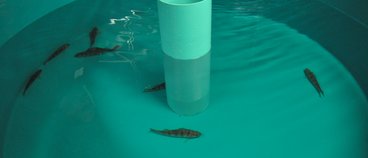
New Lab Opens at Minnesota Aquatic Invasive Species Research Center
The University of Minnesota is celebrating the opening of a newly-renovated lab and holding facility dedicated to researching invasive species.
The Minnesota Aquatic Invasive Species Research Center now houses a 10,000-square-foot lab and holding facility dedicated to research on zebra mussels and other invasive species that affect Minnesota’s environment.
A ribbon-cutting ceremony will take place from 12:30-2 p.m. Wednesday at the St. Paul campus of the U of M.
University President Eric Kaler, MAISRC Director Susan Galatowitsch and Agricultural and Natural Resource Sciences Dean Brian Buhr are expected to be in attendance.
Funding for the lab came from the legislature, the U of M, the Environment and Natural Resources Trust Fund and the Clean Water Fund.
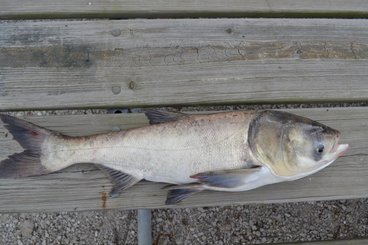
Invasive bighead carp caught on Minnesota River near New Ulm, DNR says
A bighead carp was caught by a commercial angler last week on the Minnesota River near New Ulm, according to the Minnesota Department of Natural Resources. The 25-pound male fish is the first bighead carp and second invasive carp confirmed in the Minnesota River. A grass carp was caught in the same location in December.
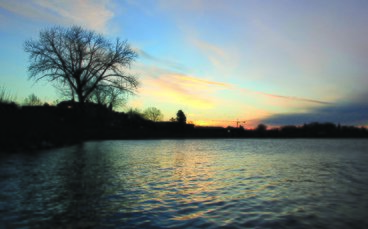
Battle against aquatic invasive species on Lake Minnetonka continues
Lake Minnetonka has been a site for continuous research and management of aquatic invasive species. Officials from the Department of Natural Resources, Minnehaha Creek Watershed District, and the Minnesota Aquatic Invasive Species Research Center conducted a number of research projects in 2016 that will continue into this year.
The main types of Lake Minnetonka aquatic invasive species are common carp and zebra mussels and invasive plants such as hybrid watermilfoil.
Common carp
The research center is concluding a common carp assessment this April in the Six-Mile Creek Sub-watershed that runs from Piersons Lake in Carver County to Halsteds Bay on Lake Minnetonka.

Scientists Look to the Past to Figure Out the Walleye Collapse on Lake Mille Lacs
The Minnesota Department of Natural Resources just announced walleye anglers will have to follow strict catch and release rules on Lake Mille Lacs again this summer. The decision is in reaction to a decline in the walleye population in the lake.
This week 5 Eyewitness News was invited to join scientists from the Minnesota Aquatic Invasive Species Research Center on Lake Mille Lacs. They're going back in time to protect all our lakes in the future.
